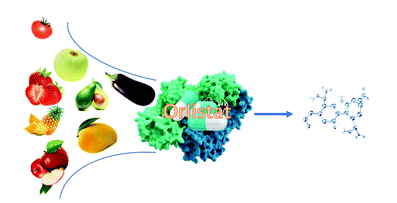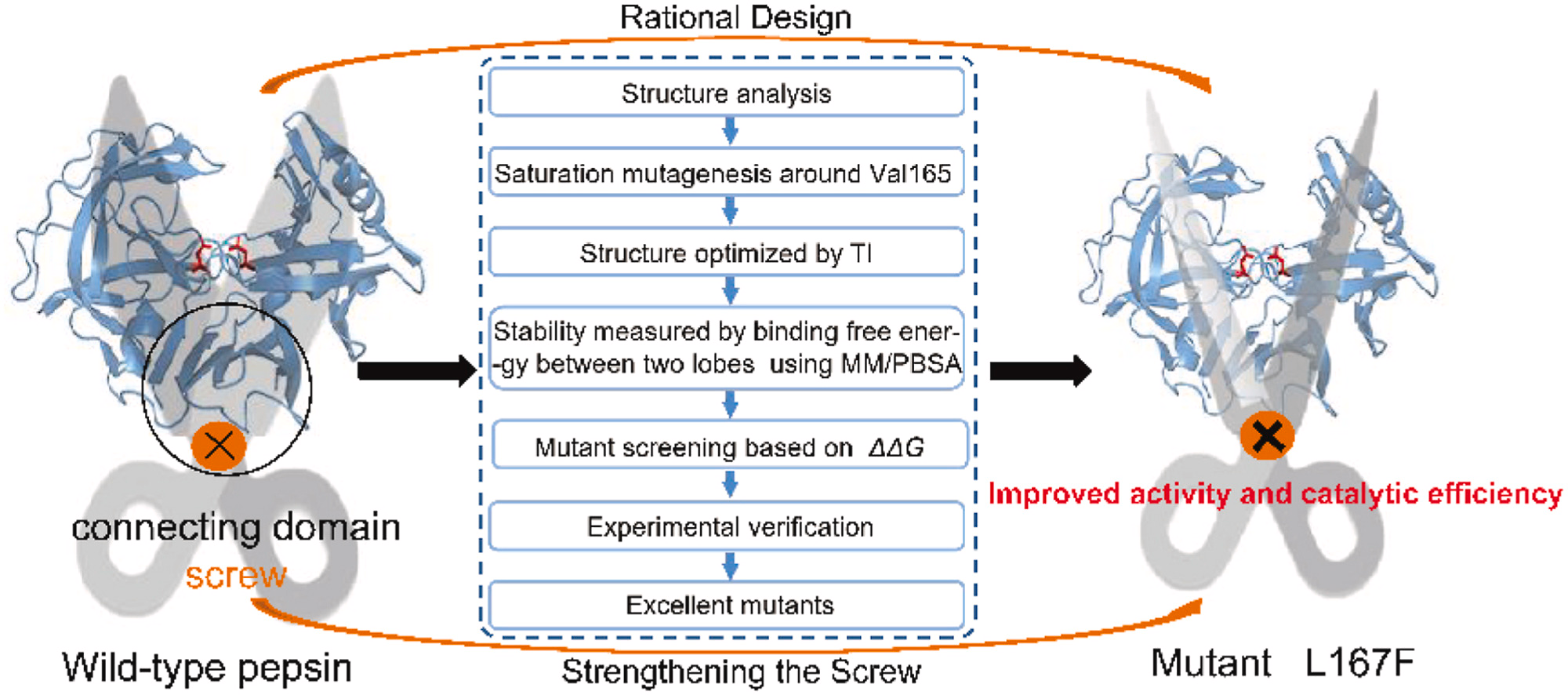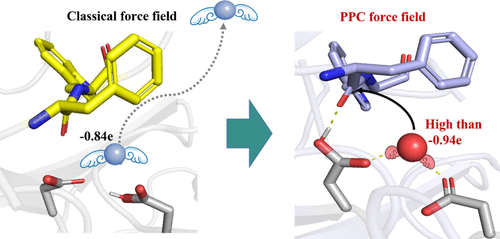Chuanxi Zhang,Yulu Miao,Yinghui Feng ,Jiawei Wang,Zhuoli Tian,Juan Dong,Bei Gao,Lujia Zhang
Umami is one of five basic tastes, the elucidation of its mechanism by the study of the interaction between umami polypeptides and hT1R1 umami receptors is of great significance. However, research on umami peptides targeting human T1R1 receptors is lacking, and the molecular mechanism remains elusive. Here, we successfully established a system to detect umami peptides targeting human T1R1 receptors by fluorescence spectroscopy, Surface Plasmon Resonance (SPR) and computational simulation. The sensory evaluation, calculated Kd value, and experimental affinity results between the four selected umami peptides (GRVSNCAA, KGDEESLA, KGGGGP, and TGDPEK) and glutamate were tested using this system, and all matched well. The maximum Ka value of GRVSNCAA was 479.55 M-1, and the minimum affinity of TGDPEK was 2.67 M-1. Computational simulations showed that the different peptide binding sites in the hT1R1 binding pocket occupied due to conformational changes are important factors for different taste thresholds, and that peptide hydrophobicity plays an important role in regulating affinity. Thus, our study enables rapid screening of high-intensity umami peptides and the development of T1R1 receptor-based umami detection sensors.







